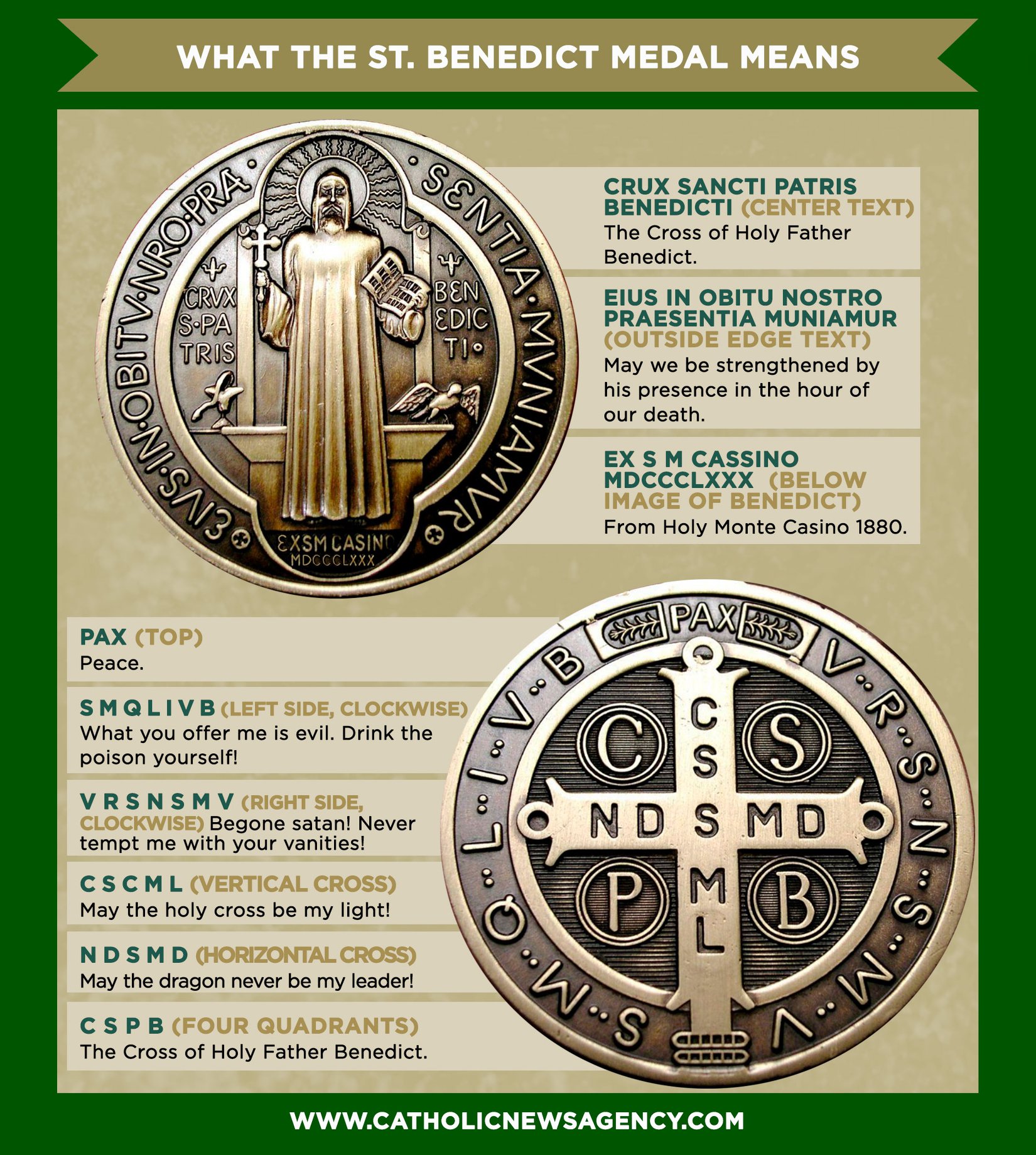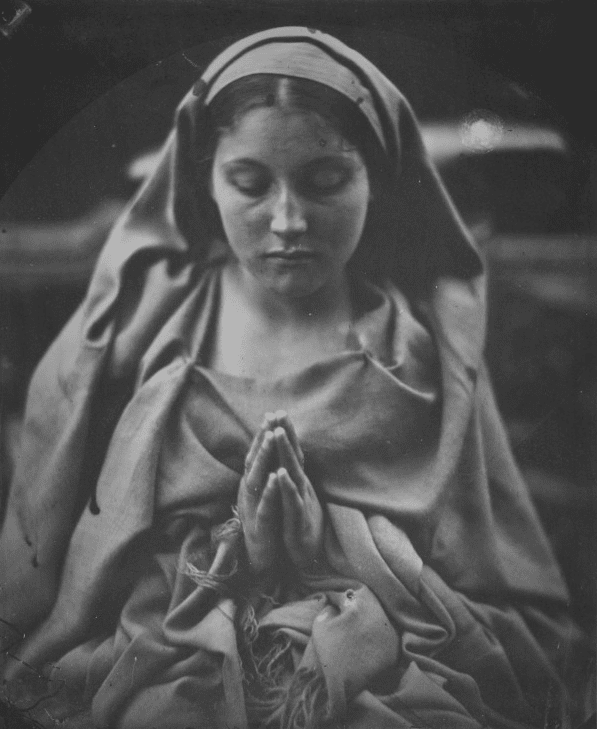
Saint Benedict of Nursia, celebrated on July 11th by the Catholic Church, holds significant importance as the founder of Western monasticism and a pivotal figure in Christian history. Born in 480 in Italy, Benedict initially pursued studies in Rome but soon retreated from the city’s moral decay to live as a hermit.
His solitude lasted three years, during which he overcame profound temptations through prayer and asceticism. Emerging from seclusion, Benedict established his first monasteries in Subiaco, fostering communities dedicated to prayer, work, simplicity, and hospitality. These monasteries also became centers of education, reflecting Benedict’s emphasis on spiritual and intellectual development.
In 529, Benedict relocated to Monte Cassino, where he destroyed a pagan temple and built two oratories. It was here that he composed the “Rule of Saint Benedict,” a seminal guide for monastic life that emphasized moderation, balance, and the pursuit of God through communal living and personal discipline. This rule not only shaped Western monasticism but also influenced spirituality and governance throughout Europe.
Benedict’s life was marked by spiritual encounters and miracles, including his prophetic encounter with King Totila of the Goths. His sister, Saint Scholastica, also embraced monastic life and played a significant role in the religious community.
In his final years, Benedict experienced a profound mystical vision before passing away around the age of 63. His legacy endured through the Benedictine Order, which spread across Europe and beyond, promoting Christian values and cultural preservation.
Saint Benedict’s impact extended beyond Western Christianity, as he is revered by Eastern Catholic and Eastern Orthodox churches as well. His feast day, July 11th, serves as a reminder of his enduring influence and the enduring relevance of his teachings on spirituality and communal living.







